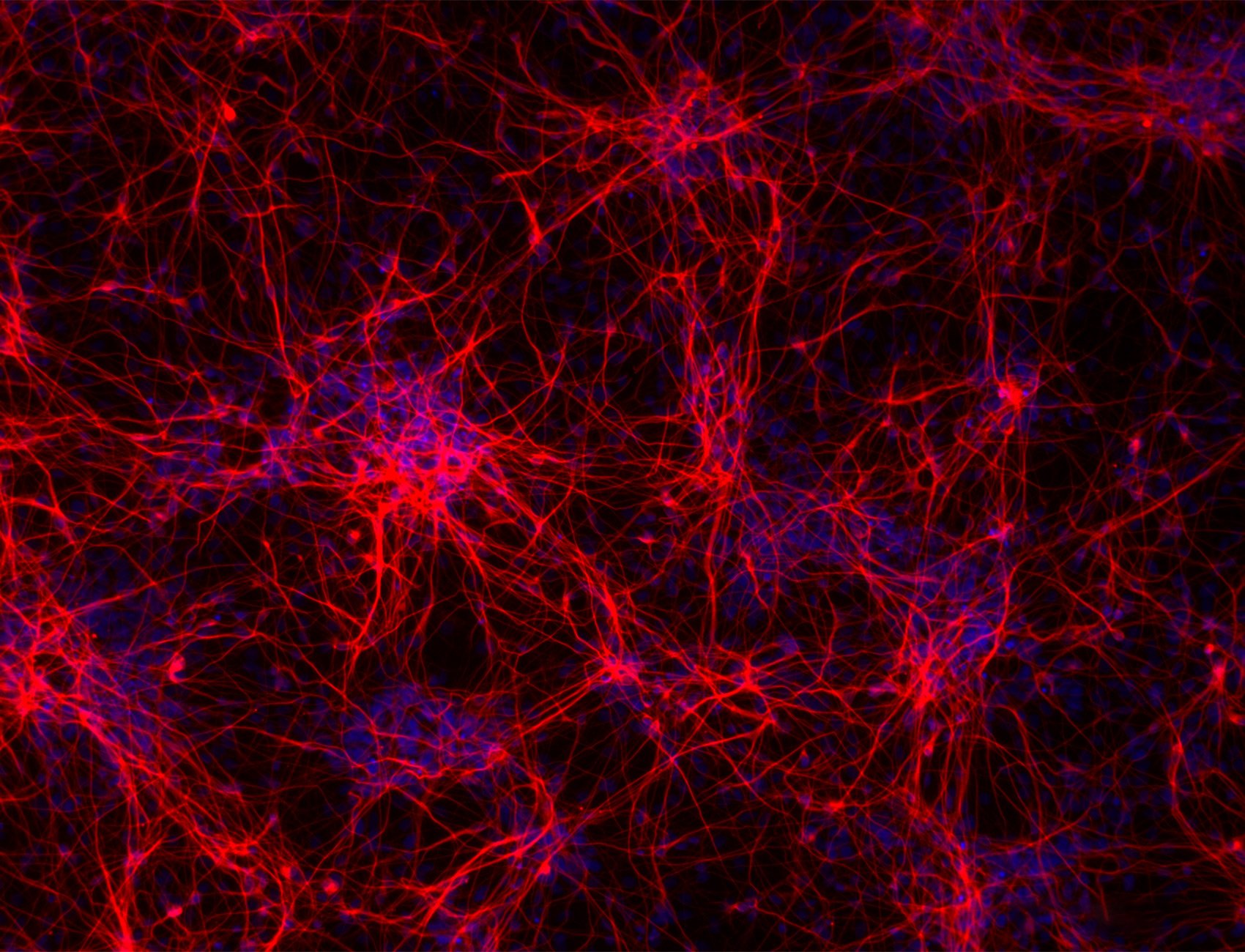Publication
Drug treatment alters performance in a neural microphysiological system of information processing
In this paper, Watmuff et al. test anti-seizure medications on opti-ox enabled glutamatergic neurons embedded in the DishBrain “synthetic biological intelligence” system—a closed-loop neural microphysiological assay that plays a game-like environment. They found that all tested drugs modulate neuronal firing, with carbamazepine at 200 µM notably improving gameplay performance—marking the first demonstration of pharmacologically altered SBI function. This highlights how attenuating hyper-glutamatergic activity can enhance goal-directed information processing in a dish-based neural intelligence model.
Read more

In this paper, Watmuff et al. test anti-seizure medications on opti-ox enabled glutamatergic neurons embedded in the DishBrain “synthetic biological intelligence” system—a closed-loop neural microphysiological assay that plays a game-like environment. They found that all tested drugs modulate neuronal firing, with carbamazepine at 200 µM notably improving gameplay performance—marking the first demonstration of pharmacologically altered SBI function. This highlights how attenuating hyper-glutamatergic activity can enhance goal-directed information processing in a dish-based neural intelligence model.
Assessment of pharmacological intervention on in vitro neural systems often emphasizes molecular and structural changes. However, neural systems fundamentally process and act on information. For preclinical assays to predict drug efficacy, they must model these physiological functions. DishBrain, an in vitro synthetic biological intelligence (SBI) assay embodying a neural system in a simulated game-world, enables the quantification of this information-processing capacity, however the question remains whether such a system permits classical pharmacological interrogation and dose-response profiling. Hyperactive glutamatergic dysregulation is linked to neurological disorders including epilepsy, and inducible overexpression of neurogenin 2 (NGN2) in human induced pluripotent stem cells (hiPSCs) generates glutamatergic cultures with dysregulated hyperactivity. We therefore tested three anti-seizure medications (ASMs), phenytoin, perampanel, and carbamazepine, on NGN2 neurons from day 21 of differentiation in this system. The key finding was that, while all compounds altered spontaneous firing, carbamazepine 200 µM significantly improved gameplay metrics. This marks the first demonstration of altered SBI following exogenous drug treatment. Notably, only inhibitory compounds enhanced goal-directed activity, linking glutamatergic attenuation to performance. Neurocomputational analysis revealed nuanced pharmacological responses during closed-loop stimulation, highlighting insights beyond spontaneous activity metrics.
Read more
Watmuff, et al
Communications Biology
2025
Featuring opti-ox enabled glutamatergic neurons iPS cell line